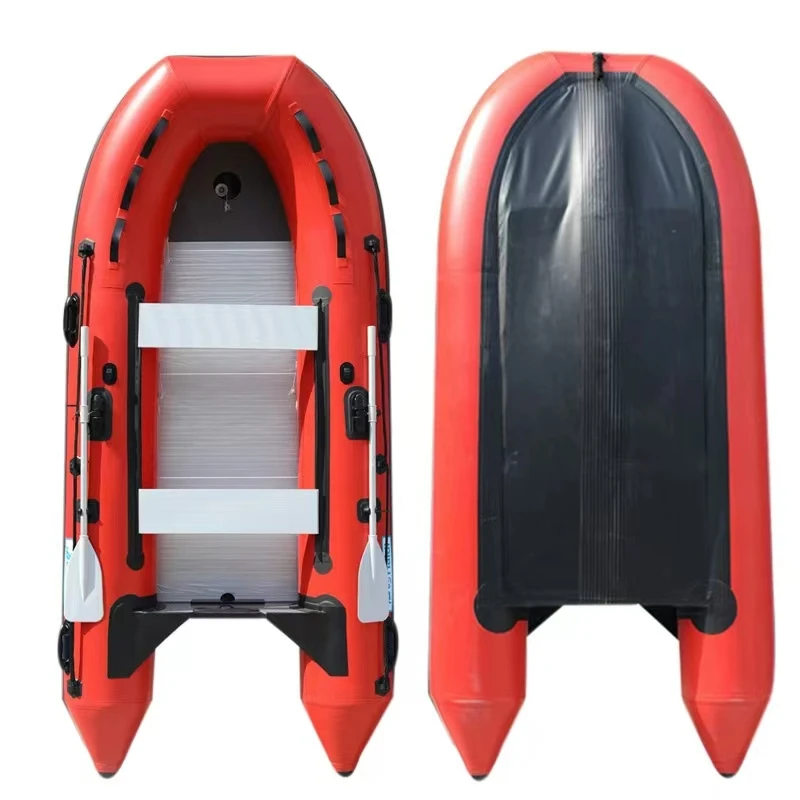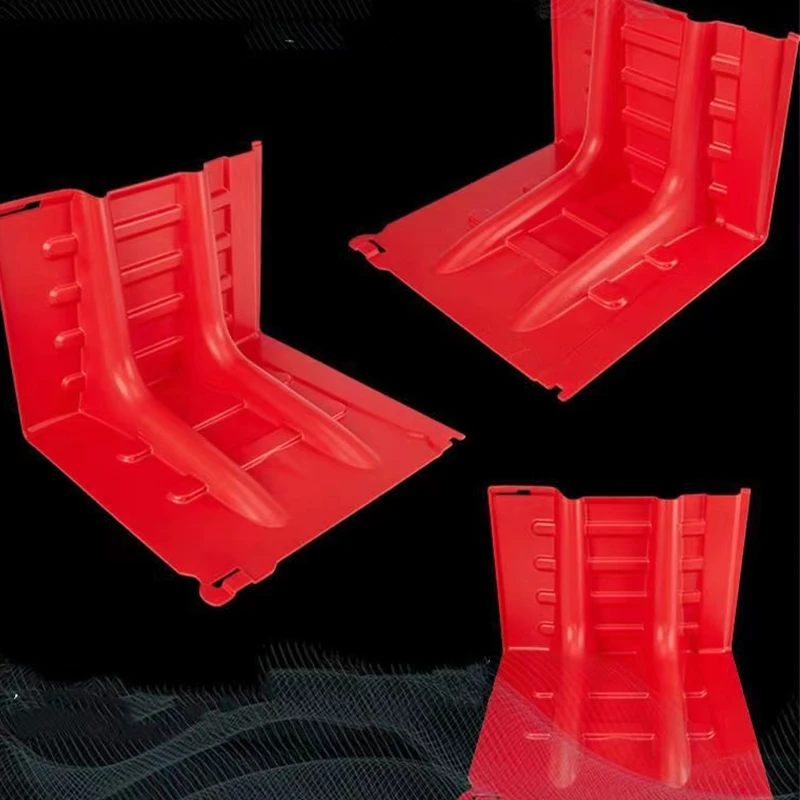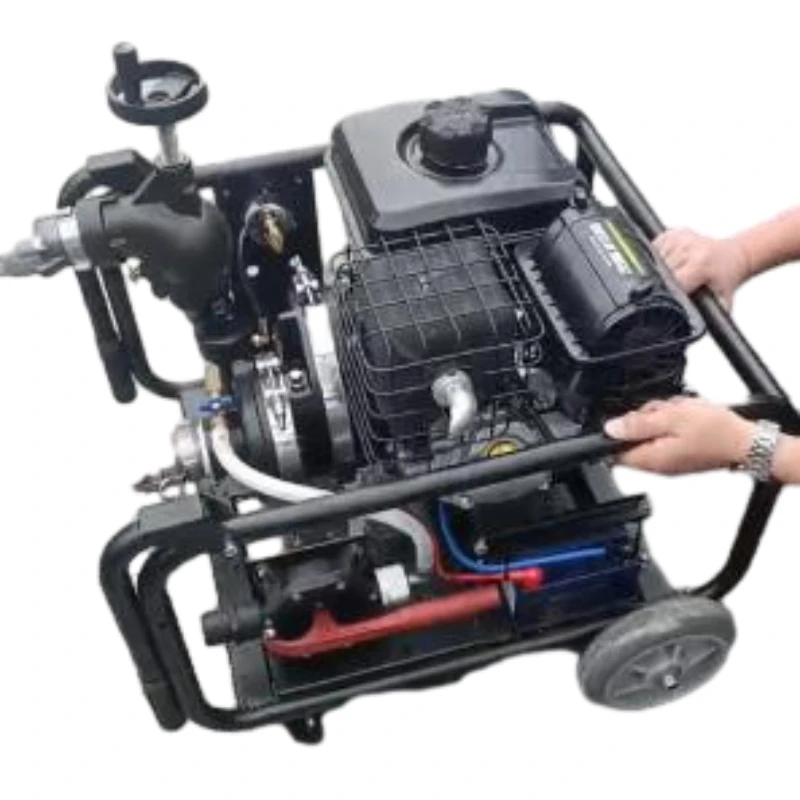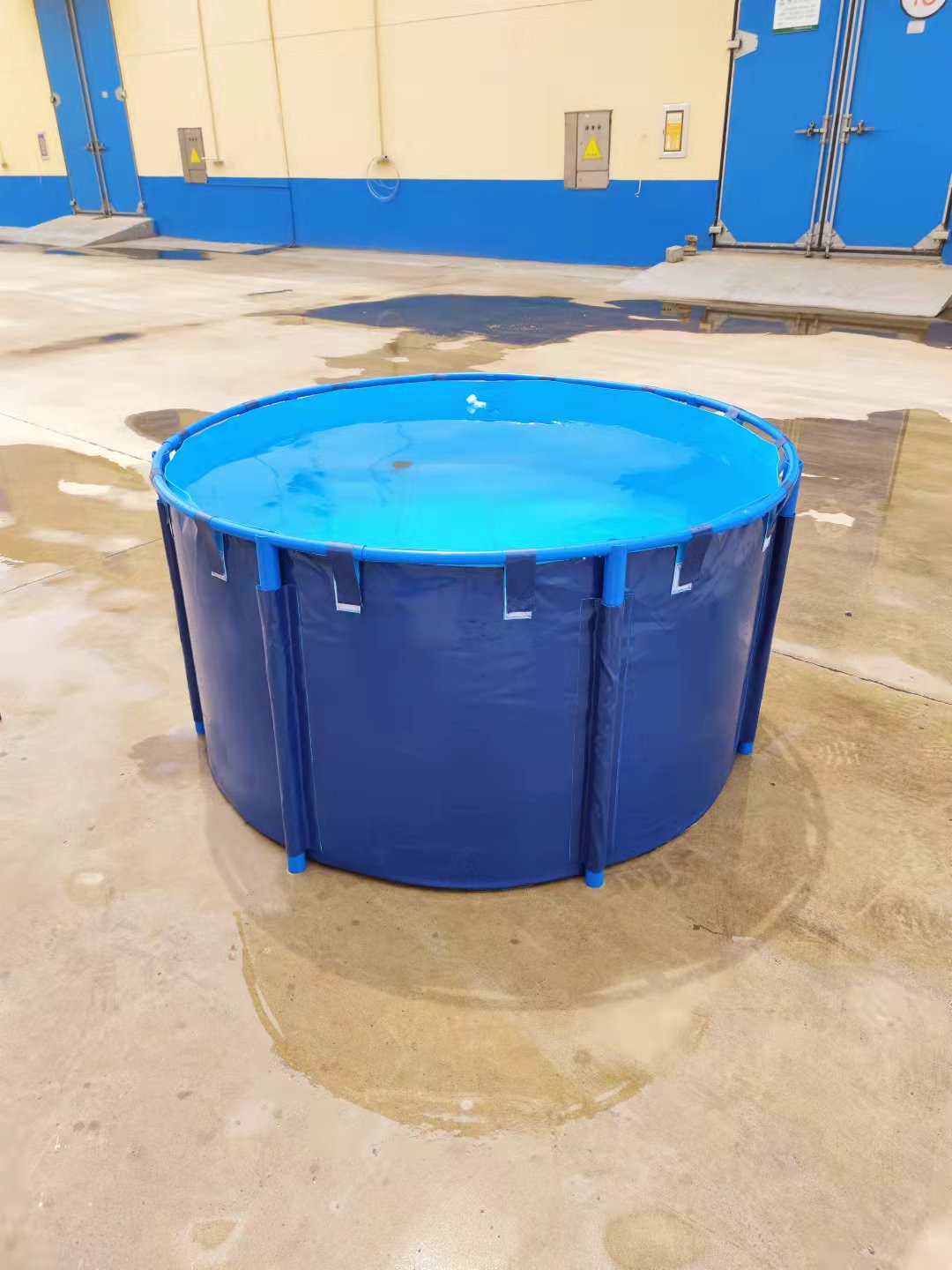The Imperative of Rapid Response: Understanding the Mini Lightweight Portable Fire Pump
In the dynamic landscape of industrial safety and emergency response, the demand for highly efficient, rapidly deployable fire suppression equipment is escalating. Industries ranging from petrochemical and manufacturing to forestry and urban infrastructure face unique challenges requiring specialized tools that can deliver critical performance under strenuous conditions. Traditional fire pumps, while powerful, often present limitations in terms of mobility, deployment speed, and accessibility in confined or remote environments. This evolving need has catalyzed significant advancements in pump technology, leading to the development of compact yet potent solutions.
One such innovation at the forefront of this shift is the Mini Lightweight Portable Fire Pump. This specialized equipment is engineered to provide robust firefighting capabilities in a highly portable package, addressing the critical gap between heavy-duty fixed installations and inadequate manual suppression methods. Its design prioritates agility, ease of operation, and reliable performance, making it an indispensable asset for first responders, industrial safety teams, and disaster relief organizations globally. The market trend indicates a clear move towards intelligent, compact, and multi-functional fire safety apparatus, driven by urban densification, expanding industrial complexes, and increased awareness of remote area fire risks.
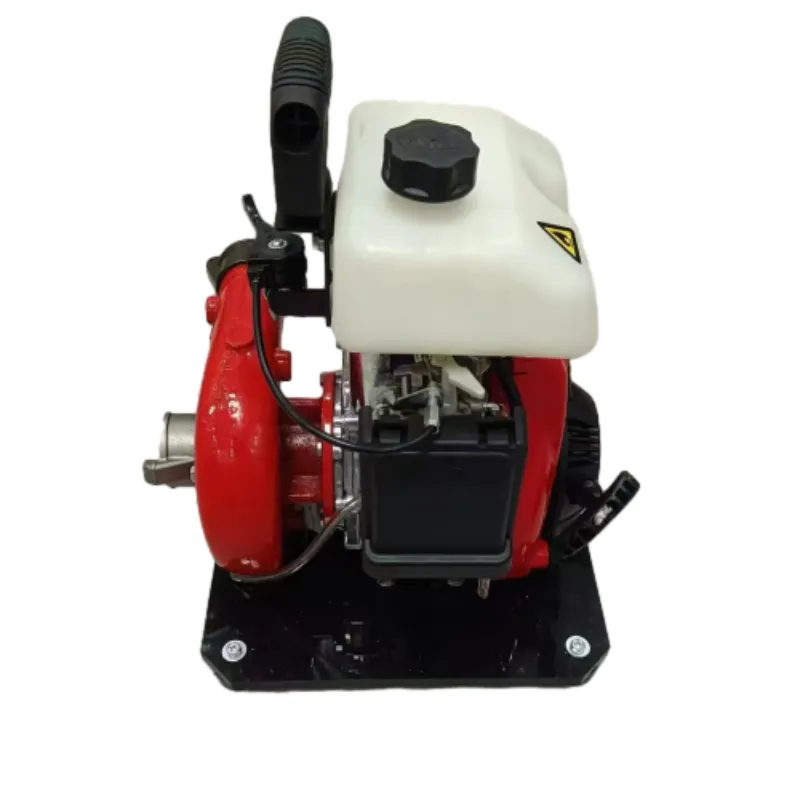
Figure 1: A modern Mini Lightweight Portable Fire Pump in action.
Precision Engineering: The Manufacturing Process of a Portable Fire Pump
The production of a Mini Lightweight Portable Fire Pump is a sophisticated process that merges advanced material science with precision engineering and stringent quality control. The objective is to craft a durable, high-performance unit capable of operating reliably under extreme conditions. The typical manufacturing flow encompasses several critical stages:
- Material Selection and Procurement: The foundation of durability lies in material choice. High-grade, corrosion-resistant alloys such as marine-grade aluminum (e.g., A356-T6 for pump casings) are selected for their strength-to-weight ratio and resistance to environmental degradation. Impellers are often crafted from bronze, stainless steel (e.g., AISI 304/316), or special polymers for optimal hydraulic efficiency and corrosion resistance. Engine components utilize robust materials designed for high-RPM, sustained operation.
-
Component Fabrication:
- Casting & Forging: Pump casings, impellers, and volutes often undergo precision casting (e.g., sand or investment casting) to achieve complex geometries with high accuracy. Engine blocks and major structural components may be forged for superior strength and fatigue resistance.
- CNC Machining: Critical components such as impellers, shafts, and sealing surfaces are machined using Computer Numerical Control (CNC) equipment. This ensures micron-level tolerances, essential for optimal pump efficiency, minimal vibration, and extended service life.
- Frame Construction: The lightweight frame, typically constructed from robust aluminum or steel tubing, is precisely cut, welded, and finished (e.g., powder-coated) to provide a stable, ergonomic, and corrosion-resistant structure for portability.
- Engine and Pump Assembly: The power unit (gasoline or diesel engine) is integrated with the pump end. This involves careful alignment of the crankshaft and pump shaft, installation of mechanical seals, bearings, and the volute. Fuel systems, control panels, and electrical components are then meticulously connected.
-
Rigorous Testing and Quality Assurance: Every unit undergoes a comprehensive battery of tests to comply with international standards such as ISO 9001 for quality management, and performance benchmarks like NFPA 1901 and ANSI B7.1 for fire pump ratings.
- Hydrostatic Testing: Pump casings are pressure tested to ensure structural integrity and leak prevention.
- Performance Curve Testing: Each pump's flow rate, pressure, and suction lift capabilities are measured across its operational range to verify it meets published specifications.
- Endurance Testing: Units may be subjected to extended operational cycles to confirm durability and sustained performance.
- Engine Emissions and Noise Testing: To ensure compliance with environmental regulations.
- Finishing and Packaging: After passing all tests, the pump is cleaned, inspected, and prepared for shipment. A typical service life for a well-maintained unit is projected to be 10-15 years, depending on usage intensity and adherence to maintenance schedules. The focus on corrosion-resistant materials and robust construction significantly contributes to this extended operational lifespan.
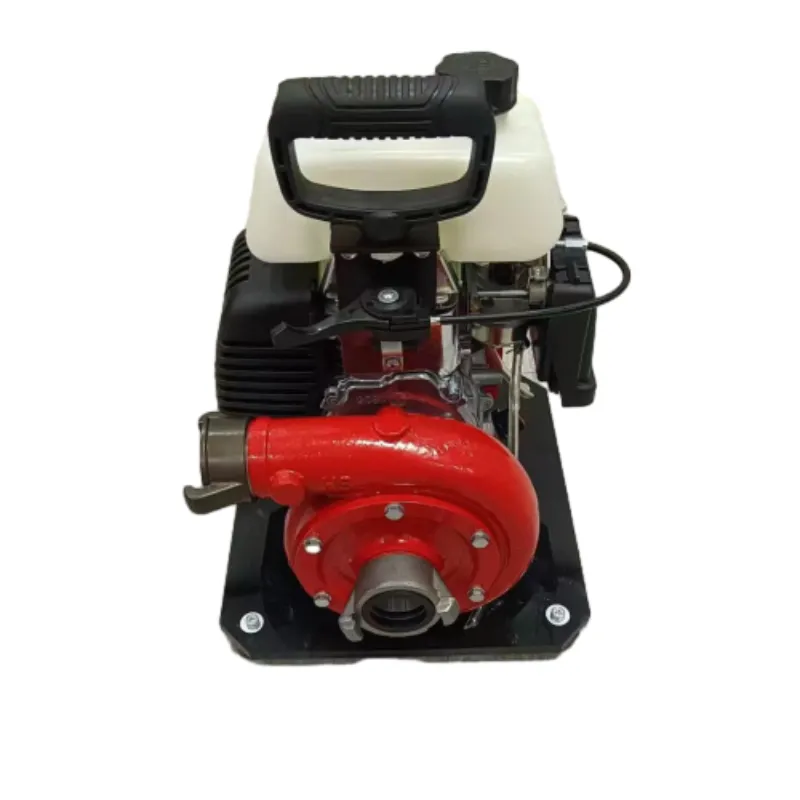
Figure 2: Advanced CNC machining ensures precision in component fabrication.
Technical Specifications and Core Advantages
The design philosophy behind the Mini Lightweight Portable Fire Pump centers on delivering substantial firefighting capability within a compact, easily transportable form factor. This involves a careful balance of engine power, hydraulic efficiency, and material selection to optimize performance without compromising portability.
Key Product Specifications
| Parameter | Specification Range (Example) | Unit |
|---|---|---|
| Engine Type | 4-stroke, air-cooled, gasoline/diesel | N/A |
| Engine Power Output | 5 - 15 | HP (Horsepower) |
| Max. Flow Rate | 250 - 600 | LPM (Liters Per Minute) |
| Max. Discharge Head (Pressure) | 60 - 100 | M (Meters) / 6 - 10 Bar |
| Suction Height | 5 - 8 | M (Meters) |
| Inlet/Outlet Diameter | 1.5 - 2.5 | Inch (DN40-DN65) |
| Dry Weight | 25 - 60 | Kg |
| Dimensions (L x W x H) | Approx. 500x400x450 to 700x550x600 | mm |
| Fuel Tank Capacity | 3 - 10 | Liters |
| Run Time (Full Load) | 1.5 - 3 | Hours |
Technical Advantages
- Exceptional Portability & Rapid Deployment: Weighing significantly less than traditional pumps, these units can be easily carried by one or two personnel, enabling swift access to remote areas, upper building floors, or complex industrial layouts where vehicle access is restricted. This drastically reduces response times in critical situations.
- High Power-to-Weight Ratio: Despite their compact size, advanced engine and pump designs deliver impressive flow rates and discharge pressures, comparable to much larger, heavier units. This efficiency is crucial for effective fire suppression and dewatering tasks.
- Fuel Efficiency: Modern, small displacement engines are optimized for fuel economy, allowing for extended operation periods on a single tank of fuel. This "energy saving" aspect reduces logistical burdens and operational costs, especially during prolonged incidents.
- Robust and Corrosion-Resistant Construction: Utilization of marine-grade aluminum alloys, stainless steel impellers, and chemically resistant seals ensures longevity and reliable performance even in harsh, corrosive environments (e.g., saltwater, industrial chemicals). This inherent "corrosion resistance" is a key advantage for industries like petrochemical and marine.
- Ease of Operation and Maintenance: Designed with user-friendliness in mind, these pumps feature intuitive controls and accessible components for routine maintenance, minimizing downtime and training requirements.
- Versatility: Equipped with quick-connect couplings and adaptable hose configurations, they can be rapidly integrated into existing firefighting systems or deployed as standalone units, drawing water from various sources including hydrants, tanks, rivers, or even small ponds.
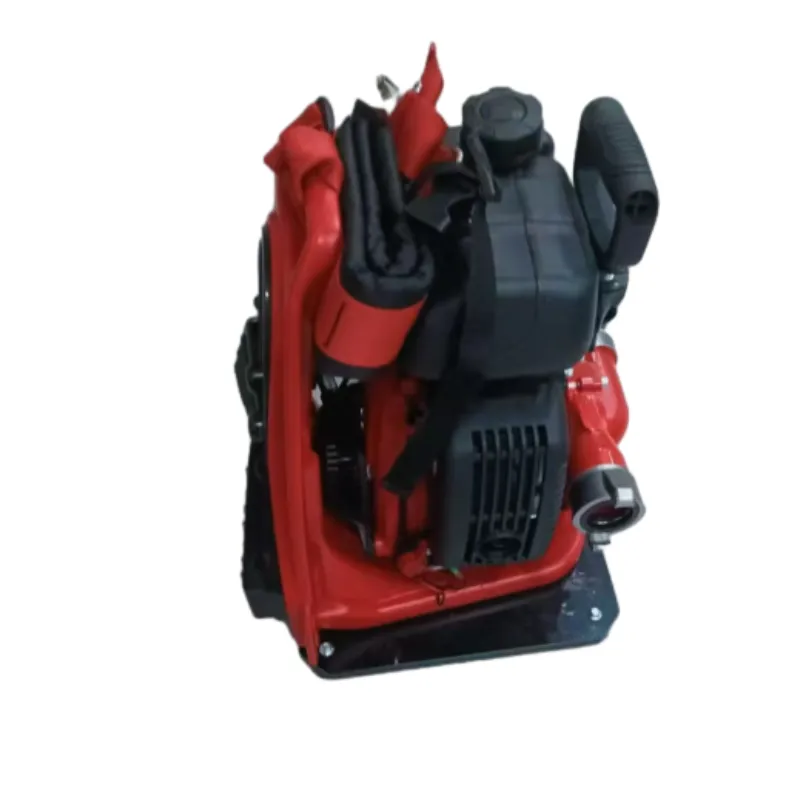
Figure 3: Detailed view of the pump's robust engine and control panel.
Diverse Application Scenarios and Target Industries
The inherent versatility and operational advantages of the Mini Lightweight Portable Fire Pump make it an invaluable asset across a broad spectrum of industries and emergency situations. Its ability to perform effectively in challenging environments where larger equipment cannot reach or operate efficiently underscores its strategic importance.
Key Application Areas:
- Petrochemical and Oil & Gas: In facilities with extensive piping networks, elevated structures, or remote processing units, these pumps provide localized fire suppression, supplementing fixed systems or serving as primary response where infrastructure is damaged or unavailable. Their corrosion resistance is crucial in these chemical-rich environments.
- Metallurgy and Heavy Manufacturing: Emergency cooling of overheated machinery, localized fire outbreaks in workshops, or providing backup water supply during maintenance are typical uses. The pump’s ability to handle demanding conditions and its robust construction ensure reliability.
- Water Supply & Drainage (Emergency Dewatering): Beyond firefighting, these pumps excel in emergency dewatering. During flash floods, pipe bursts, or construction site water accumulation, their high flow rates and suction capabilities can rapidly clear standing water, preventing further damage and ensuring site safety.
- Forestry and Wildland Firefighting: Their lightweight design allows firefighters to carry them into rugged terrain, establishing tactical fire lines or utilizing natural water sources like streams and ponds to combat wildfires. This significantly extends the reach of firefighting efforts.
- Marine and Port Operations: Ideal for dewatering small vessels, combating fires on docks or small boats, and providing auxiliary pumping for maritime emergencies. The marine-grade materials ensure resilience against saltwater corrosion.
- Urban Search & Rescue (USAR): In collapsed structures or disaster zones, these pumps can provide critical water for dust suppression, localized firefighting, or dewatering flooded basements and trenches, facilitating rescue operations.
- Agriculture: For irrigation in remote fields, rapid water transfer, or for fire protection of farm buildings and machinery.
In all these scenarios, the rapid deployment and operational flexibility of these pumps translate directly into reduced property damage, enhanced safety for personnel, and more efficient resource management during emergencies. Their energy-saving design further minimizes the environmental footprint while maintaining peak performance.
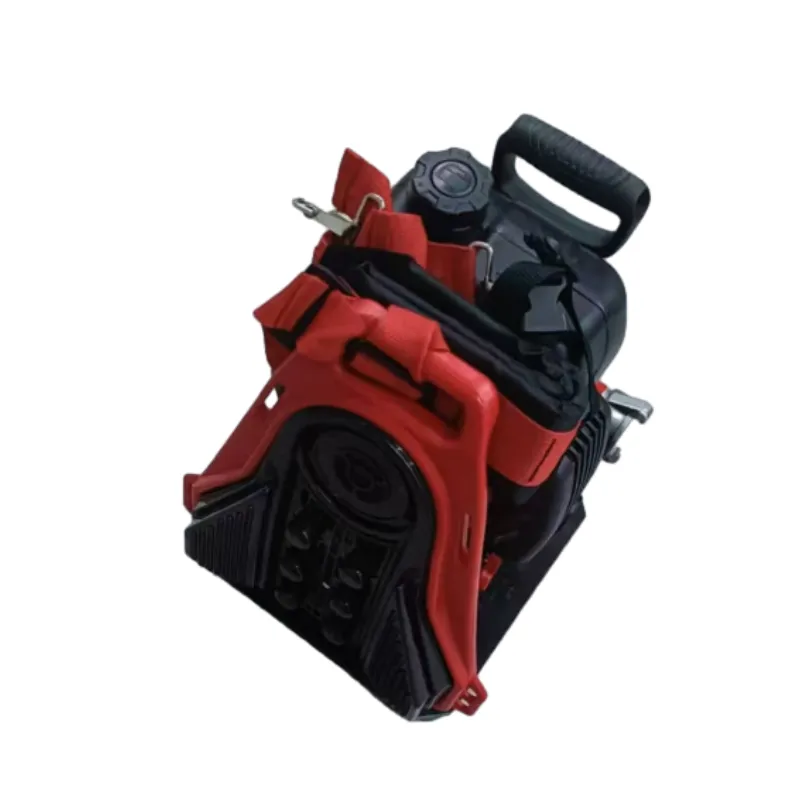
Figure 4: Portable fire pump deployed in a challenging industrial environment.
Vendor Comparison and Customized Solutions
Choosing the right Mini Lightweight Portable Fire Pump involves a careful evaluation of various factors beyond just raw specifications. While many manufacturers offer portable pump solutions, FFW Fire Safety differentiates itself through a commitment to quality, robust engineering, and comprehensive customization options tailored to specific operational requirements.
Vendor Comparison Considerations:
| Feature/Aspect | Generic Market Offering | FFW Fire Safety (Mini Lightweight Portable Fire Pump) |
|---|---|---|
| Engine Reliability | Varies, often generic OEM engines | Branded, high-performance engines (e.g., Honda, Kohler, or reliable industrial equivalents) with proven track record. |
| Pump Materials | Aluminum alloy (standard grade), cast iron | Marine-grade aluminum alloy, stainless steel impellers (AISI 304/316), specialized wear rings for enhanced durability and corrosion resistance. |
| Performance Consistency | May degrade over time with heavy use | Maintains performance over extended operational periods due to precision engineering and superior components. |
| Weight & Portability | Generally lightweight, but frame design can be bulky | Optimized compact footprint and ergonomic carry handles for single or dual-person transport, class-leading power-to-weight ratio. |
| Certifications | Basic CE, no specific fire safety standards | Complies with ISO 9001, CE, and often adheres to relevant sections of NFPA (e.g., 1901) and ANSI standards for fire pumps. |
| Customization Options | Limited to standard configurations | Extensive customization available (see below). |
| After-sales Support | Dependent on reseller, inconsistent | Direct manufacturer support, parts availability, and technical assistance. |
Tailored Solutions and Customization
Recognizing that no two operational environments are identical, FFW Fire Safety provides comprehensive customization services for its portable fire pump series. This allows clients to configure pumps that perfectly align with their specific requirements and operational constraints:
- Engine Type & Fuel: Choice between gasoline (e.g., for ease of starting, lower weight) or diesel engines (e.g., for longer run times, safer storage, or fuel commonality with existing fleet).
- Hose Connection Standards: Adapters for various international and regional hose couplings (e.g., Storz, NH, British Standard, JIS) to ensure seamless integration with existing equipment.
- Frame Design: Options for heavy-duty skid frames, wheeled frames for easier ground transport, or specific mounting points for vehicle integration.
- Control Panel Features: Integration of advanced monitoring systems, pressure gauges, hour meters, low oil/overheat shutdown, and remote start/stop capabilities.
- Material Upgrades: Enhanced corrosion-resistant coatings, specialized mechanical seals for aggressive fluids, or higher-grade stainless steel components for extreme applications.
- Integrated Accessories: Inclusion of built-in foam proportioners, lighting kits, or utility tool mounts.

Figure 5: Example of a customized portable fire pump with specific hose connections.
Application Case Studies & Customer Feedback
Real-world deployment scenarios underscore the critical role and effectiveness of the Mini Lightweight Portable Fire Pump. These examples highlight its practical advantages in diverse operational contexts.
Case Study 1: Remote Forestry Fire Suppression
A regional forestry department faced recurring challenges in rapidly containing brush fires in steep, inaccessible terrain. Traditional fire trucks were often too heavy or large to navigate the narrow trails, leading to delayed response. By deploying FFW Fire Safety's Mini Lightweight Portable Fire Pump, crews could carry units by hand or on small ATVs to the fire line. Utilizing nearby streams and temporary reservoirs, they quickly established effective water curtains and direct attack lines. The rapid deployment capability and strong suction lift (up to 7 meters) proved instrumental in protecting critical wildlife habitats and preventing escalation. This significantly reduced overall suppression costs and environmental damage.
Case Study 2: Industrial Facility Emergency Dewatering
During heavy rainfall, a large metallurgical plant experienced a critical failure in its primary drainage system, resulting in the rapid flooding of a subterranean control room and adjacent electrical conduits. Quick action was essential to prevent irreparable damage to sensitive equipment. Two Mini Lightweight Portable Fire Pumps were deployed within 30 minutes. Their ability to deliver 500 LPM each at a 60-meter head allowed the plant's safety team to rapidly dewater the affected areas, preventing a costly shutdown and ensuring operational continuity. The robust construction and ease of connecting various discharge hoses were key factors in the successful operation.
Customer Feedback:
"The FFW Mini Lightweight Portable Fire Pump has transformed our approach to urban incident response. Its compact size means we can easily deploy it through pedestrian areas or tight access points that are impossible for our larger apparatus. The performance is astonishing for its weight, and the reliability has been flawless."
— Captain L. Chen, Municipal Fire Department, Asia Pacific.
"For our petrochemical facility, the corrosion resistance and robust build quality were paramount. These pumps handle the harsh environment and provide an essential layer of localized fire protection, especially for our remote pump stations. They've paid for themselves multiple times over in avoided losses."
— Head of Safety Operations, Major Petrochemical Corporation, Middle East.
Ensuring Trust and Reliability: FFW Fire Safety's Commitment
Authoritativeness and Certifications
FFW Fire Safety's dedication to quality and performance is underpinned by adherence to rigorous international standards and certifications. Our manufacturing processes are ISO 9001:2015 certified, guaranteeing consistent product quality and continuous improvement. All products, including the Mini Lightweight Portable Fire Pump, meet CE directives for European market compliance. We regularly consult and align our product development with relevant NFPA (National Fire Protection Association) standards, ensuring that our equipment meets or exceeds industry best practices for fire suppression technology. Our long-standing partnerships with leading industrial and municipal clients globally, accumulated over more than 20 years in the fire safety sector, attest to our proven expertise and trusted solutions.
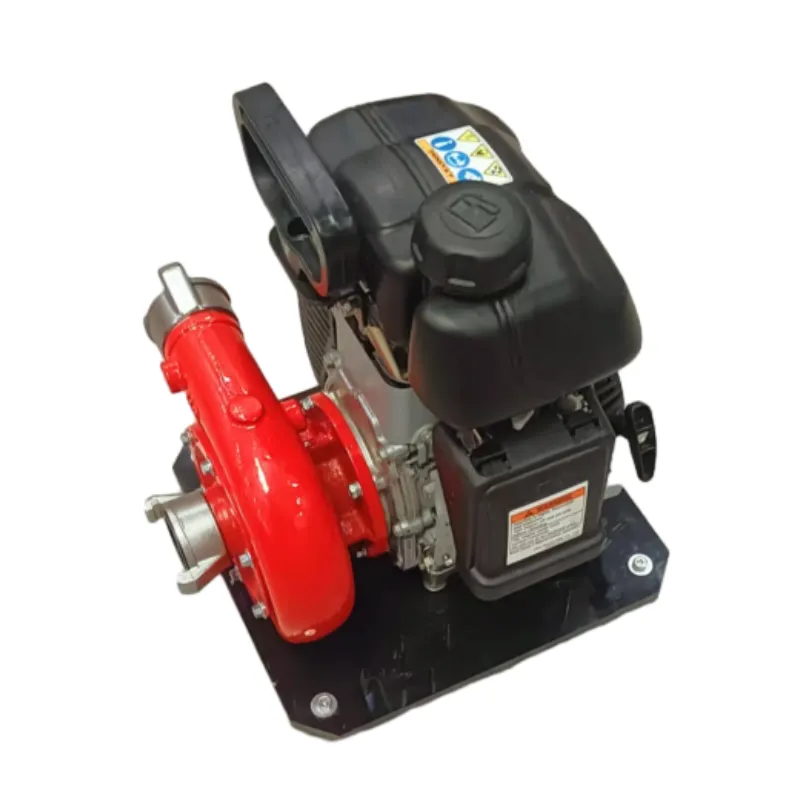
Figure 6: FFW Fire Safety's commitment to quality and service.
Trustworthiness: FAQ, Lead Time, Warranty & Support
Frequently Asked Questions (FAQ)
-
Q: What is the typical lead time for a customized unit?
A: Standard units typically ship within 2-4 weeks. Customized solutions may require 6-10 weeks, depending on the complexity of modifications and component availability. We provide an estimated lead time with each custom quote. -
Q: What kind of fuel does the pump use?
A: Our pumps are available with either gasoline (unleaded, typically 87 octane or higher) or diesel engines. Please refer to the specific model's manual for precise fuel requirements. -
Q: Can this pump handle saltwater or contaminated water?
A: Yes, our pumps are designed with corrosion-resistant materials (e.g., marine-grade aluminum, stainless steel impellers) to effectively handle saltwater. For heavily contaminated or abrasive water, specialized material upgrades and filtration systems are available. -
Q: How often does the pump require maintenance?
A: Routine maintenance, including oil changes and filter checks, is recommended every 50-100 operating hours or annually, whichever comes first. A detailed maintenance schedule is provided in the operator's manual.
Lead Time & Fulfillment
FFW Fire Safety maintains efficient production cycles to minimize lead times. For standard configurations, we aim for a fulfillment period of 2-4 weeks from order confirmation to shipment. For custom-engineered solutions, a detailed project timeline will be provided, typically ranging from 6 to 10 weeks, ensuring thorough design, manufacturing, and testing processes. Our global logistics network ensures timely and secure delivery to your specified location.
Warranty Commitments
All FFW Fire Safety Mini Lightweight Portable Fire Pump units come with a comprehensive 12-month manufacturer's warranty covering defects in materials and workmanship from the date of purchase. Extended warranty options are available for specific components or full units. Our commitment is to ensure the longevity and reliable performance of your investment.
Customer Support Information
Our dedicated technical support team is available to assist with installation, operation, maintenance, and troubleshooting queries. We provide detailed manuals, online resources, and direct phone/email support. For spare parts, training, or technical consultation, please contact us via our website or your regional sales representative. We are committed to ensuring peak operational readiness for all FFW Fire Safety products.
Conclusion
The Mini Lightweight Portable Fire Pump represents a significant leap forward in emergency response technology, offering an unparalleled combination of power, portability, and reliability. As industries continue to evolve and new operational challenges emerge, the demand for agile and efficient fire safety solutions will only grow. FFW Fire Safety is committed to leading this evolution by delivering expertly engineered, highly customizable, and robust portable fire pumps that meet the most stringent industry standards and client expectations. Investing in these advanced pumps is not merely acquiring equipment; it is enhancing your organization's capability for rapid, effective, and resilient emergency response, ultimately protecting lives, assets, and operational continuity.
References
- National Fire Protection Association (NFPA). "NFPA 1901: Standard for Automotive Fire Apparatus." Quincy, MA: NFPA, 2016.
- International Organization for Standardization (ISO). "ISO 9001:2015 - Quality management systems – Requirements." Geneva, Switzerland: ISO, 2015.
- European Committee for Standardization (CEN). "CE Marking Guidelines." Brussels, Belgium: CEN, various dates.
- United States Department of Agriculture (USDA) Forest Service. "Portable Pump Operations for Wildland Firefighting." Washington, D.C.: USDA, 2017.
- Fluid Sealing Association. "Mechanical Seal Handbook." Philadelphia, PA: Fluid Sealing Association, 2010.









